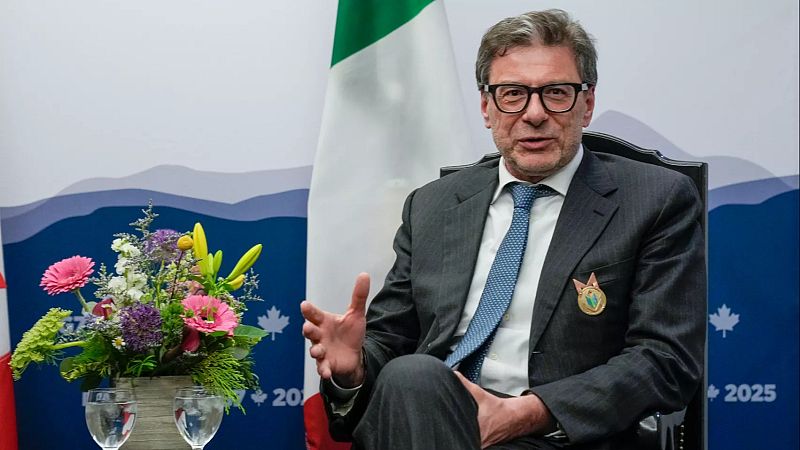Rome clears EU-bound budget draft with healthcare trims

Facing an EU deadline, the Italian government approved and presented a draft of the Budgetary Policy Document (Dpb) on Tuesday. This includes key financial measures for the 2026 period, testing whether €18 billion in tax cuts and support can pass scrutiny from the opposition on the 20th — without rattling Brussels or the markets.
The European deadline required the approval of a draft by the 15th, despite it lacking some significant details. The government will meet on Friday to hammer out details while the opposition will discuss the measures the week after.
The current approval on the future budget nevertheless places Italy, considered to be at risk of financial instability for decades, in a position of international confidence, especially at a time when France has seen two governments fall over budget disputes. Across the Atlantic, US federal institutions are also in effective shutdown after spending disagreements between Republicans and Democrats.
What the financial manoeuvre in Italy entails
The total allocation increased by €2bn compared to the initial draft and was presented by Economy Minister Giancarlo Giorgetti to the Council of Ministers on Tuesday evening.
In Italy, “la manovra” — literally “the manoeuvre” — is what they call the annual budget package: a bundle of tax changes, spending plans, and policy tweaks the government puts forward each autumn to fund priorities and hit fiscal targets.
The new plan promises to lower the tax on income (Irpef) from the current 35% to 33% for those earning between €28,000 and €50,000 gross per year.
It remains open to include part of the next bracket, reaching €60,000 in income. This measure will cost at least €9bn over the next three years.
Support for families and businesses
Around €3.5bn will be allocated to social policies and poverty reduction over the three years, which could positively affect over 2 million Italian families, according to data released by Istat on Tuesday morning.
These measures include increasing the baby bonus to €60 for working mothers with two children, refinancing the prepaid "Dedicata a te" card for the purchase of essential goods, and the review of the Isee, the income and asset calculation by which economic subsidies and facilitated services can be accessed in Italy.
In this context, part of the value of an individual's primary residence will be excluded from their assets.
Deductions for expenses incurred for building works (50% for the first home and 36% for the second) will be extended to 2026, as will the benefits for taxpayers who need to sort out their tax situation.
To support businesses, the plan includes tax credits for those active in certain production areas, relief on amortisation or depreciation costs, and a postponement to 31 December 2026 of the plastic taxand the sugar tax, already approved to discourage the production and consumption of single-use plastic and sugary drinks.
Healthcare and contributions from banks
As well as the more than €5bn for healthcare in 2026, the Dpb forecasts an extra €2.4bn for 2026. Additional funding will come to €2.65bn per year for 2027 and 2028, less than what was originally proposed.
The reduced resources should result in a substantial halving of the plan to hire 10,000 doctors and nurses announced by the government, a reduction in salary increases for healthcare workers, and reduced funds for screening and prevention.
This scenario has drawn criticism from professional associations and opposition leaders.
The Dpb measures are “completely insufficient to bring Italy back to the European average for public health investment,” commented the Democratic Party secretary, Elly Schlein.
Funding for the budget, according to Minister Giorgetti, will come from the “improvements to the public finance framework, also the reshaping of the PNRR”. The PNRR is Italy's National Recovery and Resilience Plan funded by European funds.
Giorgetti also said banks and insurance companies would need to help out. It's estimated that these players may need to make €4.5bn in contributions, but there is still no agreement between the majority forces or with the financial institutions involved. This is just one of the reasons why the budget's approval will require a new executive meeting.
Another point to be discussed is the increase in the retirement age in 2027 to 67 years and three months.
Today

